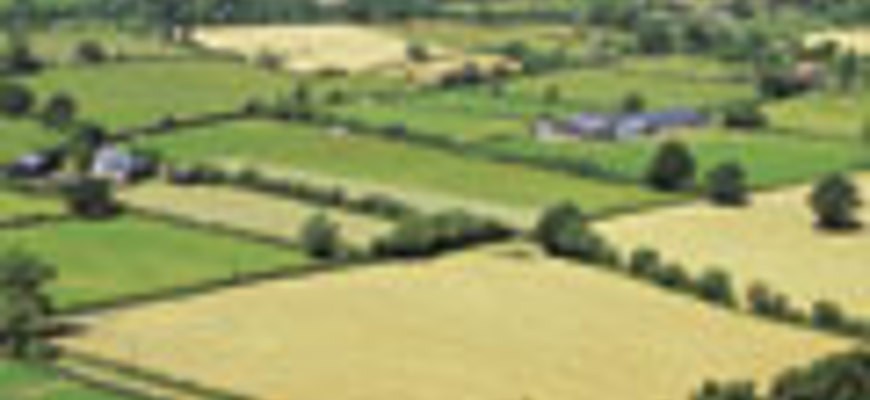Clause for concern

The imminent introduction of registration of private landlords has already been the subject of much debate. Uncertainties surrounding houses included in agricultural tenancies, however, have yet to be clarified.
A tenancy between the owner and tenant farmer of an agricultural holding rarely exists in isolation. Typically, farmers employ farm workers who may be provided with accommodation on the holding, either as part of their employment contracts (“tied housing”), or by subleases between farmers and the employees. Tenants may, unless it would be in breach of their lease, sublet cottages as an extra source of income.
Under the Antisocial Behaviour etc (Scotland) Act 2004, property let under an agricultural tenancy does not require to be registered, provided it is “occupied by the tenant”. The immediate question is whether properties contained in that tenancy but occupied either by employees or subtenants are “occupied” by the farmer. There is certainly a strong case for arguing that they are all occupied by the farmer (under his lease) by virtue of his civil, as opposed to natural possession, and that they should not have to be registered.
A question of logic
However, the Scottish Executive recently indicated that only the farmer’s own home or a house occupied by a member of the farmer’s family will be exempt, all other properties falling to be registered. Both the owner, and the farmer as the owner’s deemed agent, will be required to register. Thus both will have to satisfy the “fit and proper person” test which underpins the registration regime.
The consultation paper which preceded the Act states: “the owners of houses which are subject to agricultural and crofting tenancies should not be required to register. In these cases, the agricultural land and business is the main subject of the let. The house is a secondary consideration, and the respective responsibilities of landlords and tenants are very different from residential letting”. The same logic surely applies to properties included in the main tenancy but occupied, through subleases or employment contracts, by farm employees. Accordingly, such properties should arguably also be exempt from the registration provisions. This view is consistent with the suggestion that the properties are occupied by the farmer only by virtue of civil possession. Of course, where the farmer sublets residential property to third parties who have no connection with the farmer’s agricultural business, the property will have to be registered.
In any case, whether occupation of the property is for agricultural purposes or not, exception must be taken to the Act as it currently reads, in that it is the owner who is required to register rather than the tenant farmer. The farmer will be registered as the deemed agent, but it is difficult to comprehend why the owner requires to register at all. In granting the agricultural tenancy, the owner passes to the farmer all responsibility for the operation of the holding, including occupation of cottages contained in the tenancy. The owner is not required to pass the “fit and proper person” test in order to grant the tenancy to the farmer, and it is difficult to understand why the farmer’s decision to provide accommodation to employees or others, whether as conditions of their employment or by subletting, should impose further obligations and responsibilities on the owner.
Divided responsibilities
As the Executive noted in the consultation paper, in agricultural tenancies “the respective responsibilities of landlords and tenants are very different from residential letting”. It would appear that it has failed to consider the allocation of these responsibilities between landlord and tenant, and as a result we are presented with an impractical and potentially confusing system. For example, the Housing (Scotland) Act 2006 deals with the “repairing standard”, which again does not apply in respect of properties contained in an agricultural tenancy which are “occupied by the tenant”. However the repairing standard, unlike the requirement to register, is imposed on “the landlord” rather than “the owner”. Thus, if the tenant farmer sublets a property, he must meet the repairing standard as the landlord in that letting arrangement. This interpretation, and the fact that the subtenant’s right is against the tenant farmer rather than the owner, has recently been confirmed by the Executive.
It is suggested that the requirement to register should likewise have been imposed on “the landlord” rather than “the owner”. The tenant farmer would then be required to register any property which he either sublets or provides under the terms of any employment contract, with no further obligation being placed on the owner as a result of the farmer’s actions. Such an arrangement would reflect the “respective responsibilities” of the owner and farmer and would represent a vast improvement to the impending system. Regrettably, such opinions are academic. The regime is due to come into force at the end of April and interpretation of the Act’s inconsistencies and confusions will be another task for the courts.
Alasdair Fox and Allison Alcock, Anderson Strathern
In this issue
- Bias and mental health tribunals: a reply
- Legal science or law-lite? A response (1)
- Opening a binding global route for personal data
- Mentally disordered offenders
- Change but not for the sake of it
- Legal science or law-lite? A response
- On message
- A bill to query
- Client confidentiality and freedom of information
- Rushed law and wrongful death
- Qualifying by degrees
- Safeguards before the MHTs
- The treatment of pension rights on divorce
- We've paid for it: what do you mean it's not ours?
- Communication: the #1 risk management tool?
- Sugar but not sweet
- AGM report
- Guidance on guidelines
- The licensed trade: going up in smoke?
- Clause for concern
- Fully charged
- Scottish Solicitors' Discipline Tribunal
- Website reviews
- Book reviews
- New CAR drives discharge regime






